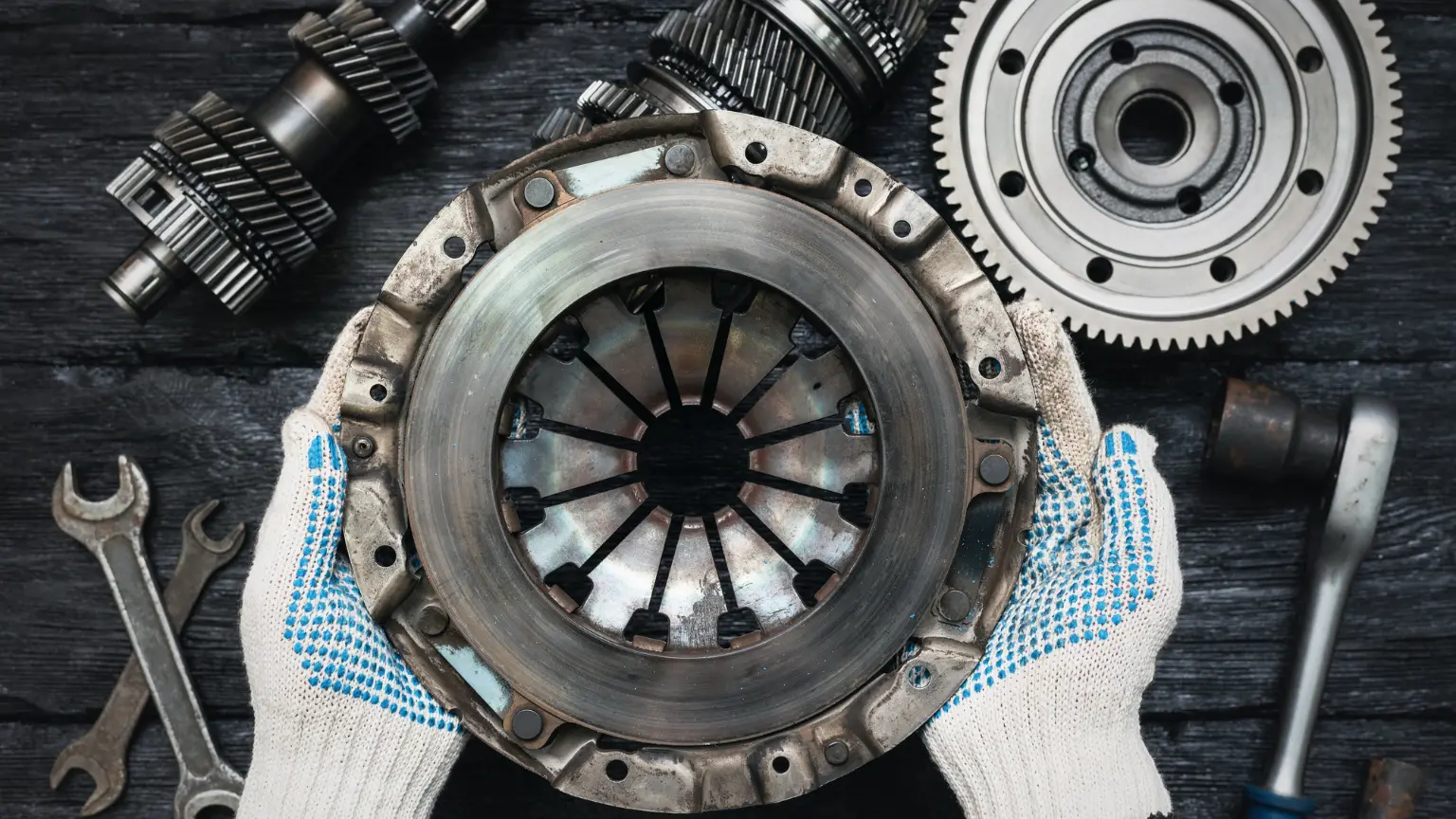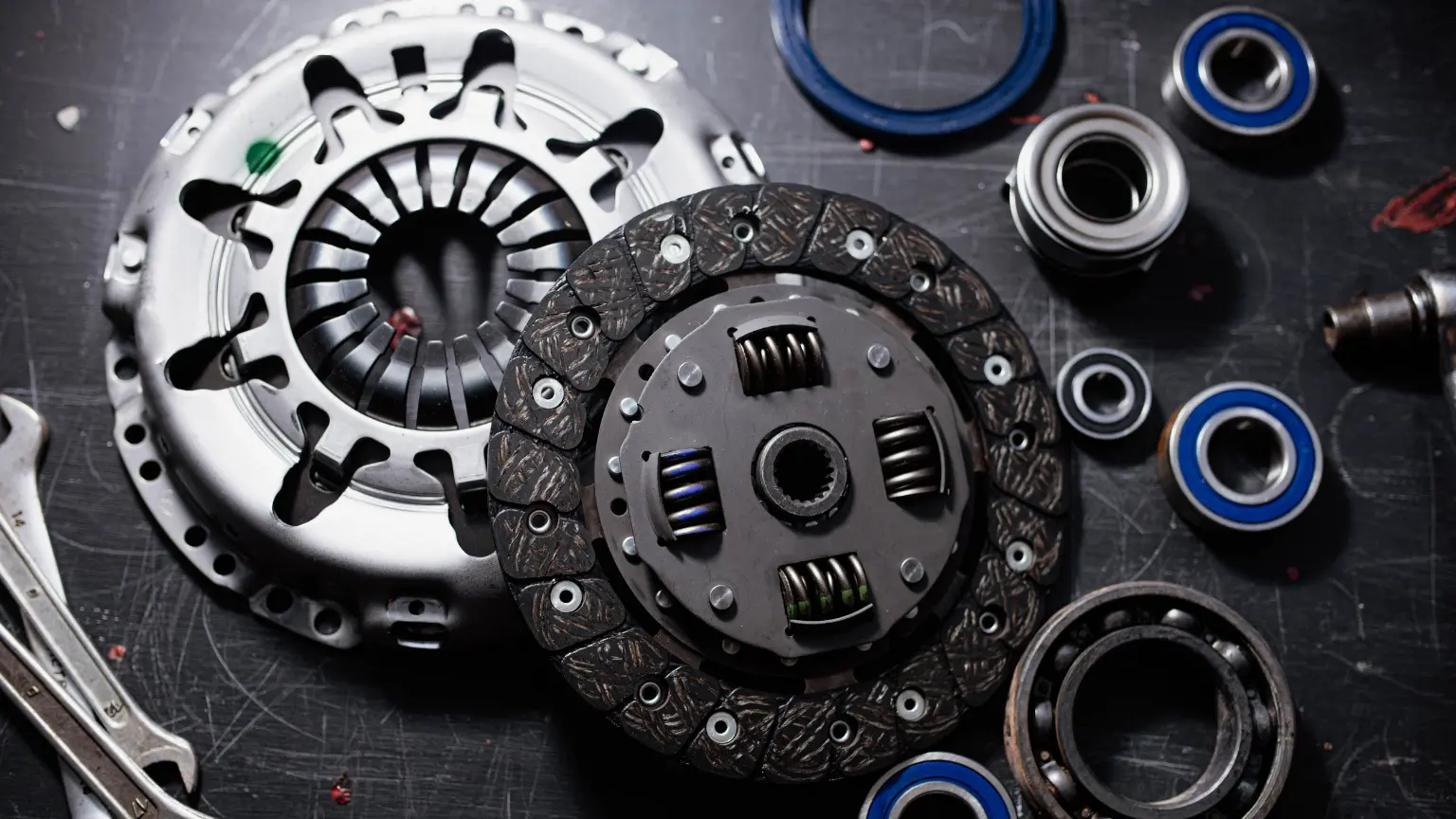Transmission Slipping Symptoms You Shouldn’t Ignore
Transmission slipping undermines performance and safety. Learn to recognize delayed shifts, noise, power loss, and overheating, and tackle fixes from fluid checks and band adjustments to professional diagnostics.
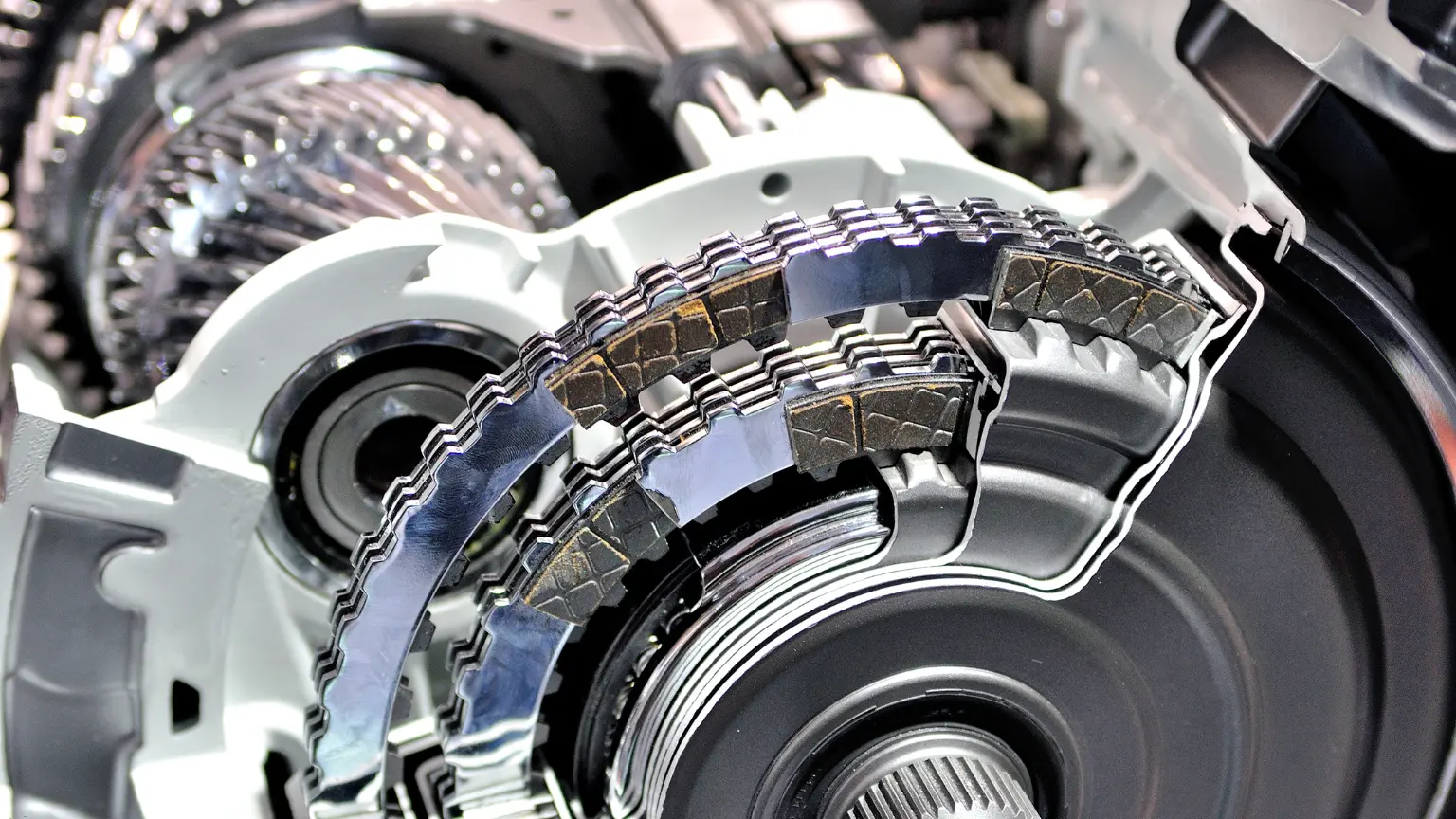
Transmission slipping is an issue that can significantly affect your vehicle's performance and safety. When a transmission starts slipping, it doesn't properly engage the gears, leading to erratic driving. Understanding these symptoms is crucial because early detection can prevent more severe problems. Ignoring these signs not only exacerbates transmission wear but also puts additional strain on the vehicle's engine and other components, potentially leading to costly repairs or even complete transmission failure. Educating yourself on what to look for is a proactive step toward maintaining your vehicle in optimal condition.
Common Symptoms of Transmission Slipping
Delayed or Hesitant Gear Shifts
One of the most evident signs that your transmission may slip is experiencing delays or hesitations during gear shifts. Typically, a healthy transmission will shift smoothly and promptly between gears without any noticeable delay. If your vehicle hesitates before engaging a gear or if the transition between gears takes longer than usual, this is a strong indicator of potential slipping. Such symptoms directly impact your car's drivability and responsiveness. Delays or difficulty when shifting gears may indicate transmission problems that should not be ignored.
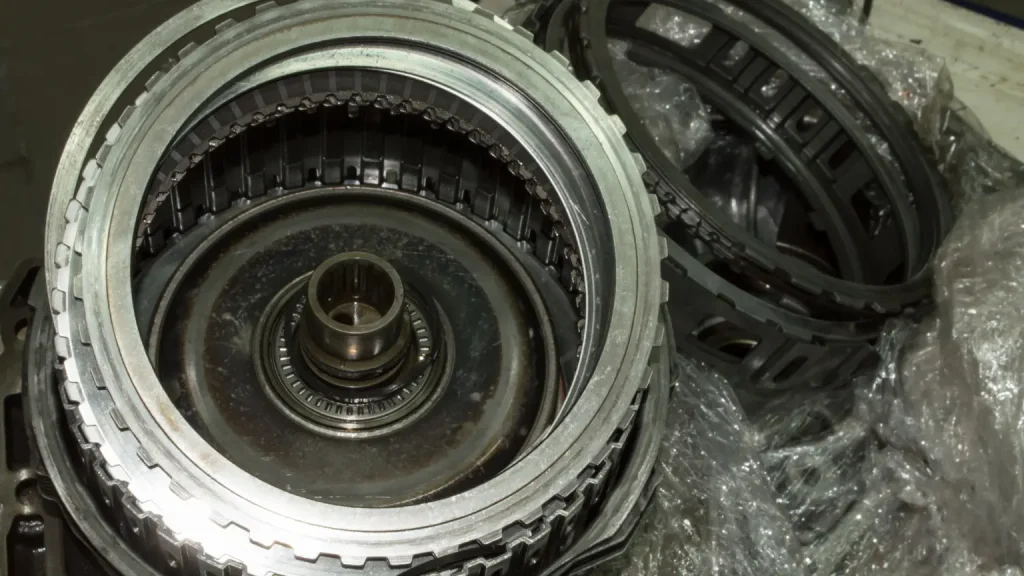
Rough or Jerky Shifting
Experiencing hard, jerky, or abrupt gear changes is a clear warning that your transmission may be in trouble. When shifts are no longer smooth, it often points to internal problems such as worn clutch packs, failing shift solenoids, or contaminated transmission fluid. Left unaddressed, rough shifting accelerates wear on your transmission’s components and can quickly lead to more severe and costly repairs. Don’t ignore this symptom. Prompt inspection is essential.
Unusual Noises
Unusual noises coming from your vehicle’s transmission can be an early warning sign of serious issues developing beneath the surface. Grinding, whining, clunking, or humming sounds often indicate that internal components such as gears, bearings, or clutch packs are wearing out or malfunctioning. For example, a persistent whining noise may point to problems with the transmission’s bearings or fluid levels, while grinding often signals worn or damaged gears struggling to engage properly. Clunking sounds, especially when shifting between gears or while in neutral, can suggest loose or broken parts within the transmission housing. These abnormal noises typically become more noticeable during gear changes or when the transmission is under load. Ignoring these auditory cues can lead to further internal damage and more expensive repairs down the line. If you notice any of these sounds, it’s crucial to have your transmission inspected by a professional as soon as possible. Catching these auditory cues early can lead to quicker diagnostics and transmission repair, potentially saving you from more severe mechanical issues.
Loss of Power During Acceleration
If your car seems to struggle or lag when you accelerate, this could be a symptom of transmission slipping. This loss of power often makes it feel like the car is unable to move forward with the usual efficiency despite pressing the gas pedal. This issue can be particularly noticeable when accelerating up a hill or during other high-demand driving situations. It’s a clear sign that the transmission isn’t transferring the engine’s power effectively to the drivetrain.
Transmission Overheating Warnings
This may be indicated by a dashboard warning light or a rise in the temperature gauge. Overheating occurs when the transmission fluid is unable to lubricate and cool the transmission components adequately, often due to old or low fluid levels. The risks and symptoms associated with an overheating transmission should be taken seriously. Ignoring these warnings can lead to severe damage and failure of the transmission maintenance systems, necessitating extensive repairs or complete replacement. There is also the importance of checking for puddles of fluid under the vehicle and noticing unusual burning smells, which can be signs of transmission trouble.
Causes of Transmission Delays
Worn-Out Clutch Plates
In a manual transmission, the clutch plates are crucial for engaging and disengaging the gears during shifts. Over time, these plates can wear down due to friction, losing their ability to grip and causing the gears to slip. Similar issues can occur with the clutch components inside the torque converter in automatic transmissions. Regular inspections by a gearbox specialist can identify this wear early, preventing more significant transmission issues.
Damaged or Worn Gears
Gears within the transmission can become damaged or worn due to excessive use and inadequate lubrication. This wear can alter the gears' ability to engage properly, leading to slipping. The damage might manifest as chipped or broken gear teeth, exacerbating slippage and causing further deterioration throughout the transmission system. Prompt repairs and using high-quality transmission repair tools can mitigate these issues.
Electronic Control Malfunctions
Modern vehicles often rely on sophisticated electronic control systems to manage transmission functions. Malfunctions in these systems, such as faulty sensors or corrupted control module software, can misinterpret or misdirect operational commands, leading to slipping. These issues require diagnostics from transmission repair experts equipped with the proper tools and knowledge to troubleshoot and fix electronic discrepancies in the transmission's control system.
Preventing Transmission Slipping with Regular Maintenance
Importance of Routine Transmission Inspections
These checks allow technicians to assess the state of the transmission fluid, clutch alignment, and overall gear function. Routine assessments help identify issues that may not be immediately noticeable to drivers, such as minor leaks or early wear and tear on components. If left unchecked, these could evolve into severe problems requiring extensive and expensive repairs.
Checking and Replacing Transmission Fluid
Transmission fluid serves multiple roles, including lubrication, cooling, and maintaining hydraulic pressure, making it indispensable for smooth operation. Neglecting regular fluid checks or replacements can result in severe damage and costly repairs. Below, we explore the key reasons why staying on top of your transmission fluid maintenance is essential.
- Ensure Smooth Gear Shifts: Transmission fluid lubricates moving parts, enabling seamless gear shifts by reducing friction. When fluid levels are low or the fluid is contaminated, you may experience delayed responses, jerky gear changes, or slipping. Keeping the fluid clean and at optimal levels ensures smooth transitions between gears, enhancing your driving experience and vehicle performance.
- Reduce Component Wear: Clean transmission fluid minimizes friction and prevents abrasive particles from accumulating inside the transmission system. Contaminants can cause accelerated wear on vital components such as bearings, valves, and gears without proper maintenance.
- Maintain Hydraulic Pressure: Hydraulic pressure is crucial for the proper functioning of an automatic transmission, as it powers gear changes and clutch engagement. Low or degraded fluid levels can compromise this pressure, resulting in slipping gears or delayed shifts.
This essential upkeep protects your car from costly repairs and improves its overall reliability by preventing overheating, ensuring smooth shifts, reducing wear, and maintaining hydraulic pressure. Proactively checking and replacing your transmission fluid can significantly improve your vehicle’s performance and longevity.
Upgrading to High-Quality Transmission Components
For those looking to enhance their vehicle’s performance and reliability, upgrading to high-quality transmission components can be a wise investment. High-end materials and parts can offer better durability and efficiency, reducing the likelihood of transmission slipping and other related problems. Engaging a professional transmission repair service for these upgrades ensures that the components are installed correctly and integrated smoothly with your vehicle’s existing systems.
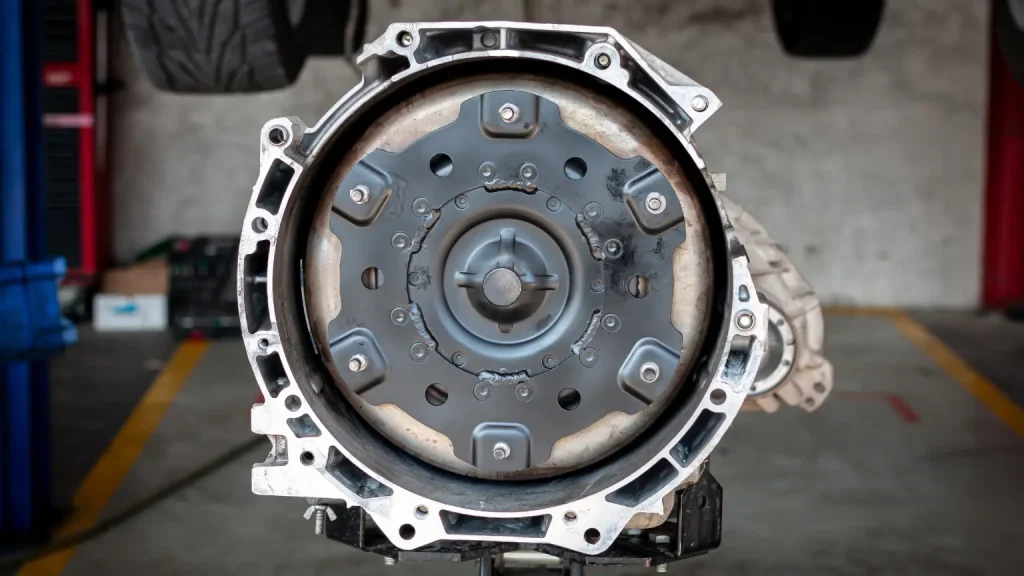
How to Fix Transmission Slipping Issues
DIY Solutions Using Transmission Repair Tools
There are DIY solutions that can be effective in addressing transmission slipping issues. These solutions often involve using specialized transmission repair advice and tools that can be acquired from any auto repair shop. Here’s a practical guide to help you get started:
- Replace the Transmission Filter: Over time, the transmission filter can become clogged with debris, restricting fluid flow and leading to inefficiencies like gear slipping. Replacing the filter is straightforward, involving removing the transmission pan and swapping out the old filter for a new one. Doing so restores the fluid's ability to circulate freely, ensuring proper lubrication and smoother gear shifts. It's a cost-effective solution with immediate benefits.
- Use a Transmission Additive: Transmission additives are specially formulated products designed to improve the fluid's viscosity and reduce wear inside the transmission. Adding these products to your existing transmission fluid can help address minor slipping issues and improve performance. Be sure to choose an additive compatible with your transmission type and follow the manufacturer’s instructions carefully for the best results.
- Adjust the Bands: Certain automatic transmissions have adjustable bands that control gear engagement. If these bands are too loose or too tight, they can cause slipping or delayed shifts. Adjusting them involves accessing the adjustment screws, usually located on the transmission housing, and tightening or loosening them as specified in your vehicle’s service manual. This adjustment requires precision but can resolve issues without needing extensive repairs.
- Inspect and Replace Clutch Plates if Necessary: Worn or damaged clutch plates are a frequent cause of slipping in manual transmissions. Inspecting these plates requires removing the transmission, which can be a more involved process. Replacing the plates is essential for restoring optimal gear engagement if the plates are excessively worn. Though this task is more complex, it's achievable with the right tools and patience, making it a worthwhile effort for experienced DIYers.
By addressing these key areas, DIY enthusiasts can effectively tackle many transmission slipping problems. However, it is crucial to have a good understanding of your vehicle's specifications and access to the appropriate tools.
When to Consult a Repair Expert
While DIY repairs can be effective for minor issues, significant transmission problems require the expertise of professional transmission repair. These professionals have the specialized knowledge and tools to diagnose and fix complex issues beyond the scope of at-home repairs. Consulting with an expert is advisable if the slipping persists after trying basic fixes or if the transmission exhibits symptoms like severe jerking, fluid leaks, or metal particles in the fluid.
The Role of Top-Rated Transmission Shops in Repairs
These facilities have advanced diagnostic tools and skilled technicians who can perform comprehensive repairs and overhauls. Choosing a reputable shop ensures you receive high-quality service and that any replaced parts are reliable and durable. Additionally, these shops can offer warranties on their work, providing peace of mind and protection for your investment.
Repair vs. Replacement Considerations
Deciding whether to repair or replace a transmission is a significant decision that requires careful evaluation of the vehicle's condition, future reliability, and associated costs. Understanding the factors involved can help you make the most cost-effective and practical choice. Below are key considerations to guide your decision-making process:
- Severity of the Damage: The extent of the transmission’s internal damage plays a crucial role in deciding between repair and replacement. Minor issues, such as a leaking seal or clogged filter, can often be addressed through repairs at a lower cost. Extensive damage to critical components like the torque converter or clutch plates may necessitate a complete replacement. A thorough inspection by a professional can clarify the condition of your transmission and the feasibility of repairs.
- Age and Value of the Vehicle: Your vehicle's age and current market value are vital factors to weigh. If your car is older and its resale value is relatively low, investing in an expensive new transmission may not make financial sense. In such cases, opting for a repair can be a more economical solution that keeps the vehicle running without overcapitalizing on an older asset. Conversely, for newer vehicles with significant value, replacement might be the better long-term option.
- Future Reliability: When choosing between repair and replacement, consider the solution's reliability. While repairs can address immediate issues, they may not guarantee long-term performance, especially if the transmission is significantly worn or outdated. Replacing the transmission with a new or rebuilt unit often provides better reliability and may extend the vehicle’s lifespan. This option has higher upfront costs, which must be balanced against the expected benefits.
The decision to repair or replace a transmission rests on several factors, including the vehicle's age, the severity of the damage, and your long-term plans for the car. Consulting a trusted mechanic and considering the cost-benefit implications can help ensure that you make the most informed and practical choice for your situation.
The Cost of Transmission Repairs
Factors Influencing Transmission Repair Costs
The type of transmission (automatic or manual), the damage's extent, and the vehicle's make and model all play crucial roles in determining the overall expense. The geographic location and the choice of a transmission repair shop can also influence costs. High-end or imported vehicles often require specialized parts and expertise, leading to higher repair costs than more common or domestic models. Understanding these factors can help vehicle owners anticipate and prepare for the financial aspects of transmission maintenance.
Tips for Budgeting Transmission Repairs
One effective strategy is to set aside a small amount of money regularly as part of a vehicle maintenance fund. This proactive approach can alleviate the financial strain when significant repairs become necessary. Vehicle owners should also get quotes from multiple auto repair shops for transmissions to ensure they are getting fair and competitive pricing. Understanding warranty options and seeking covered repairs can also provide cost savings.
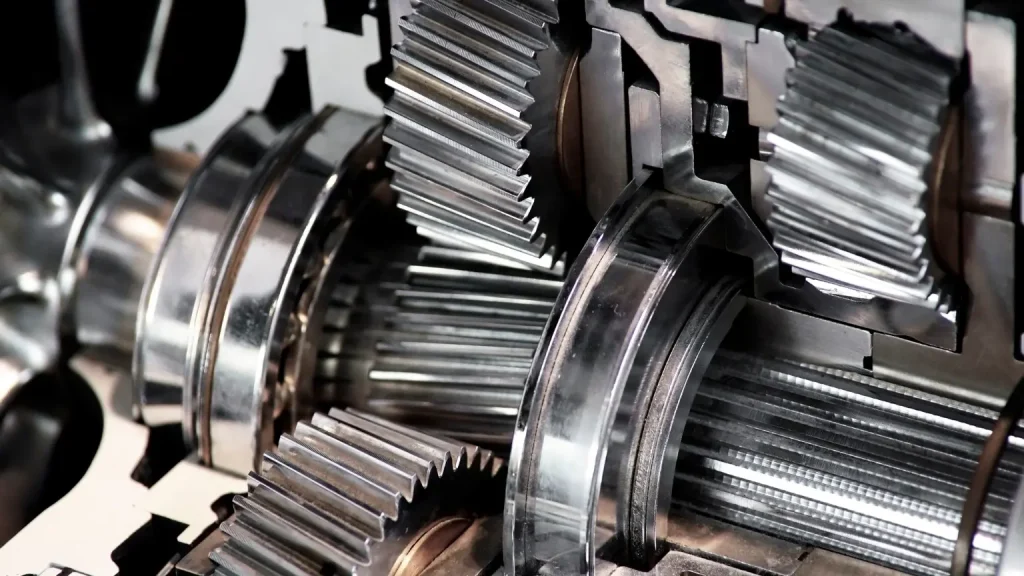
Finding a Reliable Auto Repair Shop for Transmissions
Look for shops with good reviews and a reputation for honesty and quality work. Certifications and memberships in professional associations can be good indicators of a shop’s reliability. Asking for referrals from friends or family can lead you to a trustworthy mechanic who offers fair pricing. Always ensure the shop provides a clear, detailed estimate of the work needed, so you can make informed decisions about your vehicle’s care.
Timely intervention when facing common gearbox problems is not merely about maintaining your vehicle’s performance; it’s crucial for safety. A slipping transmission can lead to unpredictable vehicle behavior, reduced control, and increased risk of accidents, particularly in critical driving situations. Prompt repairs ensure that your transmission operates reliably, providing consistent power and smooth gear transitions essential for safe driving. Addressing transmission issues as they arise also preserves the integrity of other vehicle systems, preventing secondary damages that can lead to more extensive repairs later.
Sources:
- Merukar, V., & Tawade, S. V. (2020). Transmission gear failure causes and the remedies — A review. International Journal of Advanced Research in Science, Communication and Technology, 10(2). https://www.researchgate.net/publication/378212769_Transmission_Gear_Failure_Causes_and_the_Remedies_-A_Review ResearchGate
- Gresham Transmedic. (2023, December 28). Essential tools & techniques for transmission work. https://www.greshamtransmedic.com/blog/essential-tools-techniques-for-transmission-work/ greshamtransmedic.com
Follow a maintenance program
Ante gravida id aenean quis egestas risus nam amet nullam leo diam diam aliquam eu eu malesuada arcu rhoncus suspendisse nulla mattis ut amet sagittis in justo egestas.

search for a trusted mechanic
Lorem ipsum dolor sit amet, consectetur adipiscing elit lobortis arcu enim urna adipiscing praesent velit viverra sit semper lorem eu cursus vel hendrerit elementum morbi curabitur etiam nibh justo, lorem aliquet donec sed sit mi dignissim at ante massa mattis.
- Neque sodales ut etiam sit amet nisl purus non tellus orci ac auctor
- Adipiscing elit ut aliquam purus sit amet viverra suspendisse potent
- Mauris commodo quis imperdiet massa tincidunt nunc pulvinar
- Excepteur sint occaecat cupidatat non proident sunt in culpa qui officia
Check the air pressure in your tires
Vitae congue eu consequat ac felis placerat vestibulum lectus mauris ultrices cursus sit amet dictum sit amet justo donec enim diam porttitor lacus luctus accumsan tortor posuere praesent tristique magna sit amet purus gravida quis blandit turpis.
Review your suspension frequently
At risus viverra adipiscing at in tellus integer feugiat nisl pretium fusce id velit ut tortor sagittis orci a scelerisque purus semper eget at lectus urna duis convallis. porta nibh venenatis cras sed felis eget neque laoreet suspendisse interdum consectetur libero id faucibus nisl donec pretium vulputate sapien nec sagittis aliquam nunc lobortis mattis aliquam faucibus purus in.
- Neque sodales ut etiam sit amet nisl purus non tellus orci ac auctor
- Adipiscing elit ut aliquam purus sit amet viverra suspendisse potent
- Mauris commodo quis imperdiet massa tincidunt nunc pulvinar
- Excepteur sint occaecat cupidatat non proident sunt in culpa qui officia
Service your vehicle as regularly as posible
At risus viverra adipiscing at in tellus integer feugiat nisl pretium fusce id velit ut tortor sagittis orci a scelerisque purus semper eget at lectus urna duis convallis. porta nibh venenatis cras sed felis eget neque laoreet suspendisse interdum consectetur libero id faucibus nisl donec pretium vulputate sapien nec sagittis aliquam nunc lobortis mattis aliquam faucibus purus in.
“Nisi quis eleifend quam adipiscing vitae aliquet bibendum enim facilisis gravida neque velit euismod in pellentesque”
Conclusion
Eget lorem dolor sed viverra ipsum nunc aliquet bibendum felis donec et odio pellentesque diam volutpat commodo sed egestas aliquam sem fringilla ut morbi tincidunt augue interdum velit euismod eu tincidunt tortor aliquam nulla facilisi aenean sed adipiscing diam donec adipiscing ut lectus arcu bibendum at varius vel pharetra nibh venenatis cras sed felis eget.

